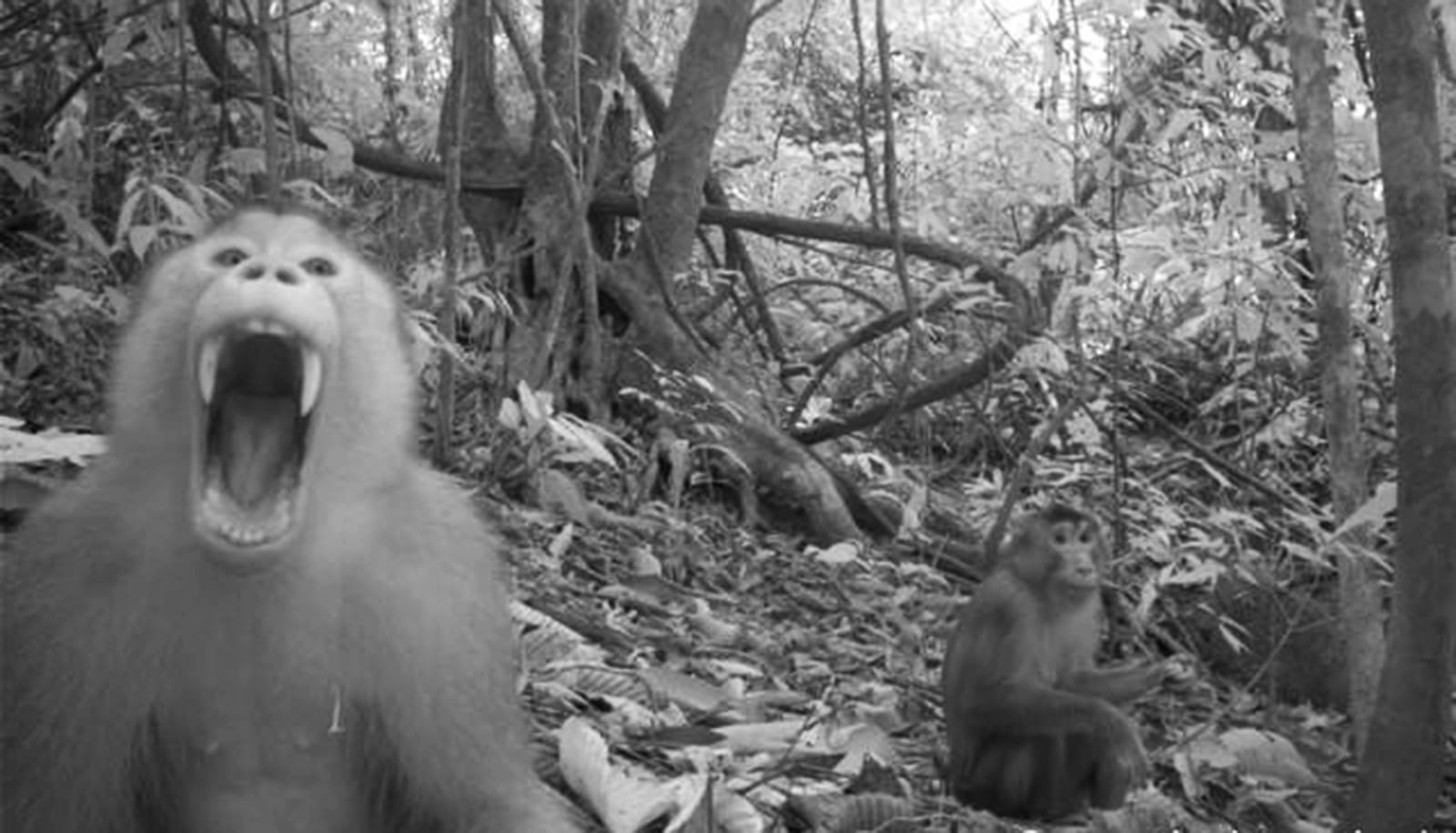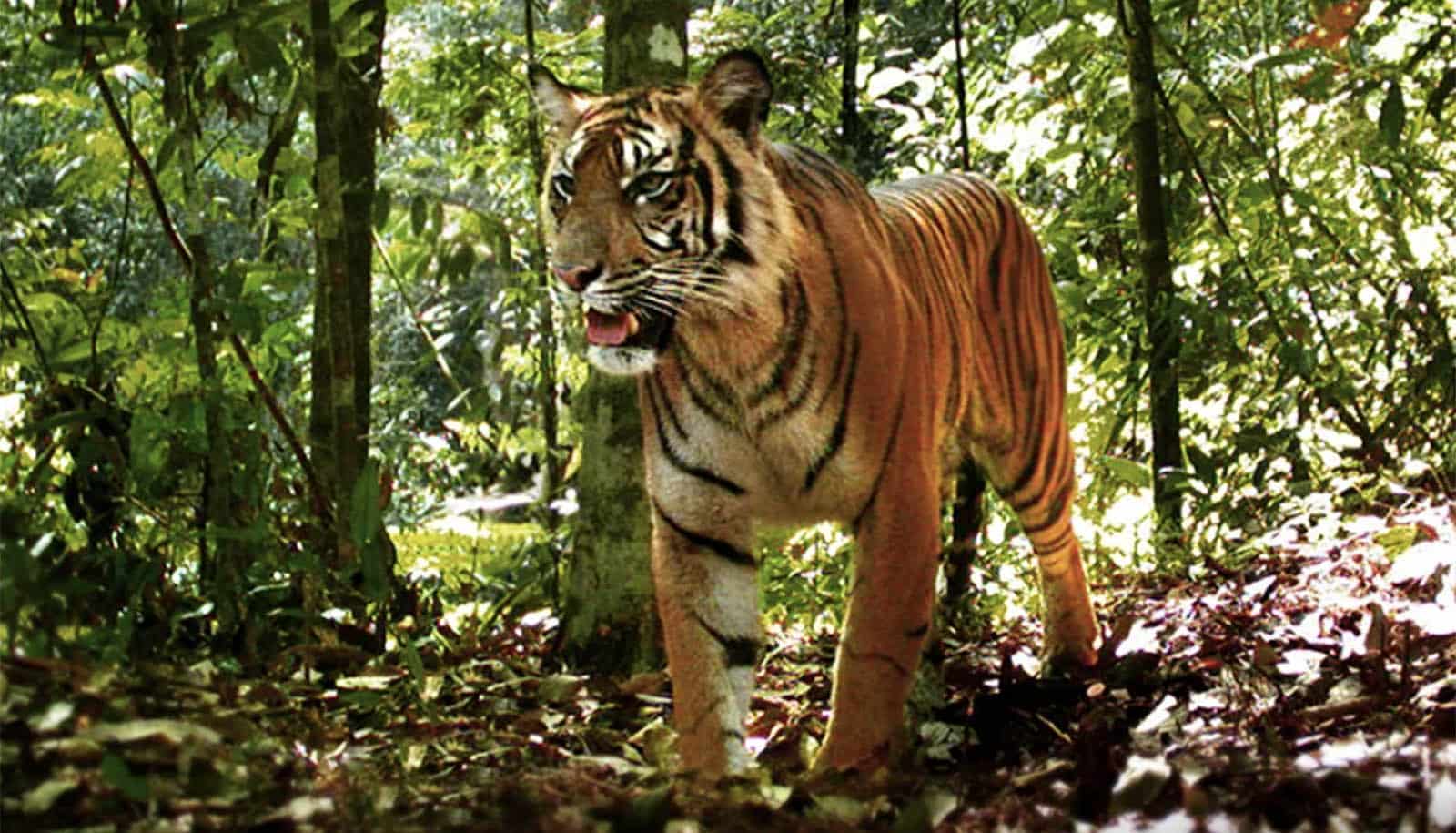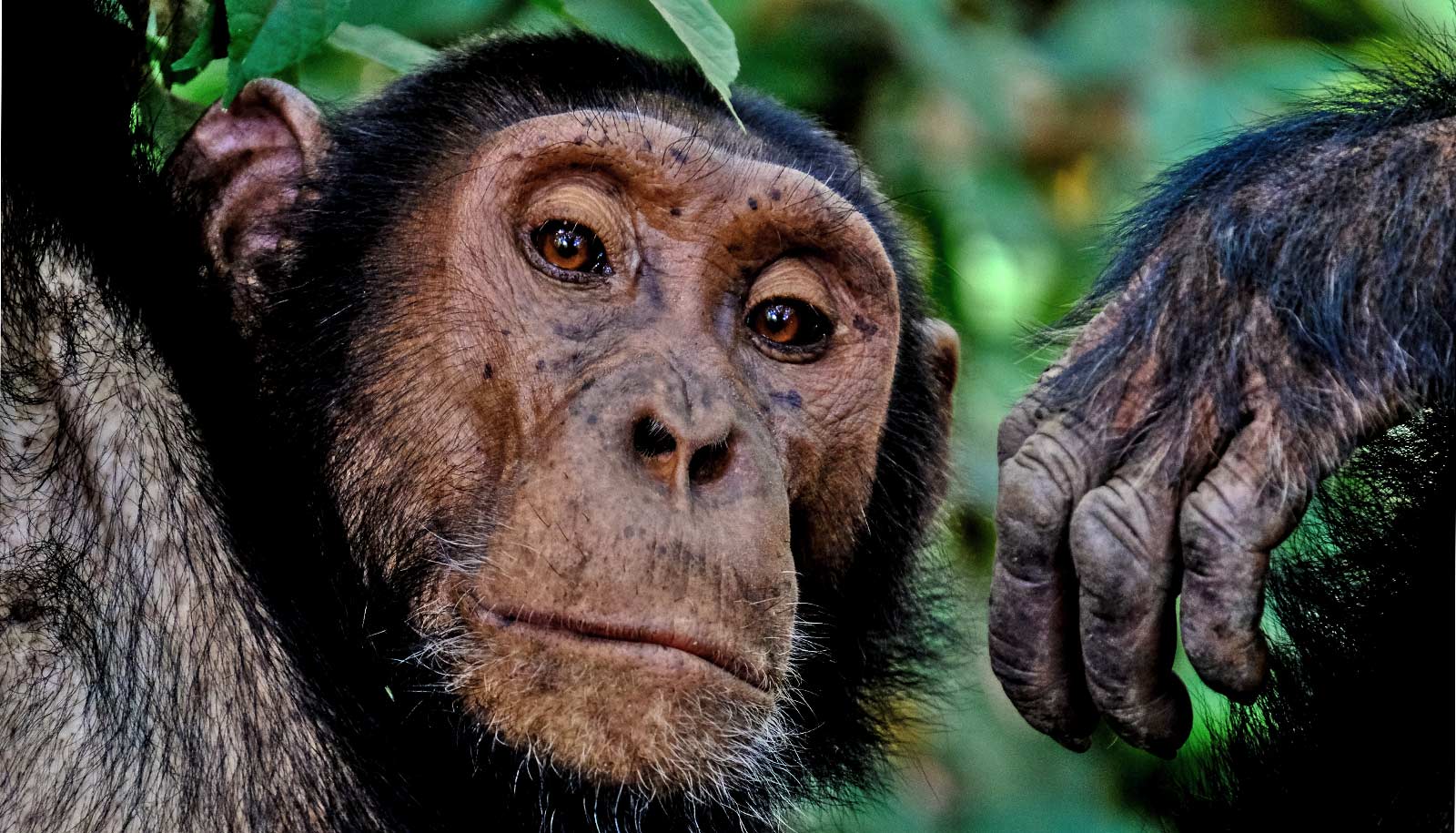How do wildlife use their time? A new study shows what motivates the daily ramble of tropical populations.
The study finds that communities of mammals across the wet tropics divide their days in similar ways, all generally geared toward finding their next meal. (Or avoiding being the next meal.)
Using millions of images from camera trap networks in 16 protected forests around the world, the researchers examined the relationship of mammal activities to body sizes and feeding routines to find common characteristics among diverse populations.
The study in Nature Communications confirms that despite their diversity, similar patterns dominate the days of wildlife in Africa, Asia, and the Americas.
The study shows that the activity of herbivores and insectivores was largely influenced by temperature in the environment (in study-speak, “thermoregulatory constraints”). For instance, large African herbivores are seven times more likely to be nocturnal than smaller herbivores.
Interactions between predators and prey were primarily dominated by the time of day.
Within that regime, the researchers found “top-down” activities that dominate the days of prey naturally focus on not getting eaten. They avoid exposure when predators are most likely to be on the hunt. In this regard, size also matters: Small carnivores, for instance, alter their activities to reduce their encounters with large carnivores.
Conversely, “bottom-up” strategies affect how predators adjust their activities to maximize encounters with prey.
“As you think about a food chain, top-down refers to how higher tropic levels—that is, predators—affect their prey, whereas bottom-up refers to how lower trophic levels—food sources including plants and insects—affect the animals that eat them,” says study coauthor Lydia Beaudrot, an assistant professor of biosciences at Rice University.
“This paper is a prime example of how important it is to have standardized data collection replicated over large spatial extents,” she says. “By analyzing data collected in the same way in national parks throughout the tropics, we have been able to identify similarities in behavioral activity that were previously unable to be quantified.”
Beaudrot provided feedback throughout the development of the research project and manuscript and advised the team on specifics of working with the camera-trap data based on her experience.
She says all cameras were located well within the national parks and were set up in the best possible way to assess tropical wildlife with the least human impact. “None of the protected areas are free from human influences, but they give us the greatest chance of measuring similarities in wildlife among regions,” Beaudrot says.
She notes that even though species in different regions have evolved in isolation from each other, the study provides solid evidence that similar environmental conditions in rainforests around the world result in consistent activity patterns among wildlife.
“This suggests that there has been convergence in animal behavior in response to rainforest environments,” Beaudrot says.
Andrea Vallejo-Vargas, a graduate student at the Norwegian University of Life Sciences and currently a visiting scholar at Rice, led the study.
The Research Council of Norway and the National Science Foundation funded the research.
Source: Rice University


